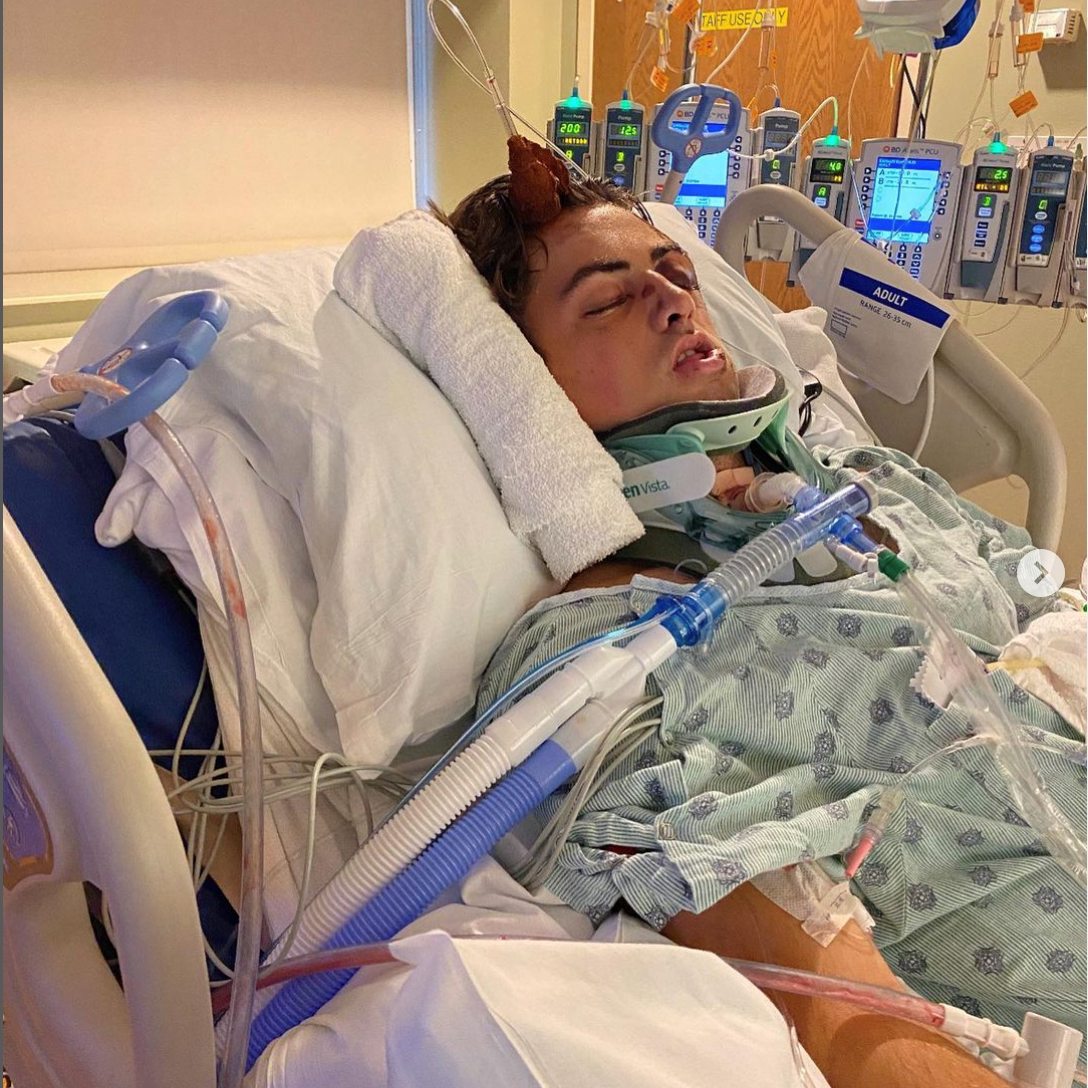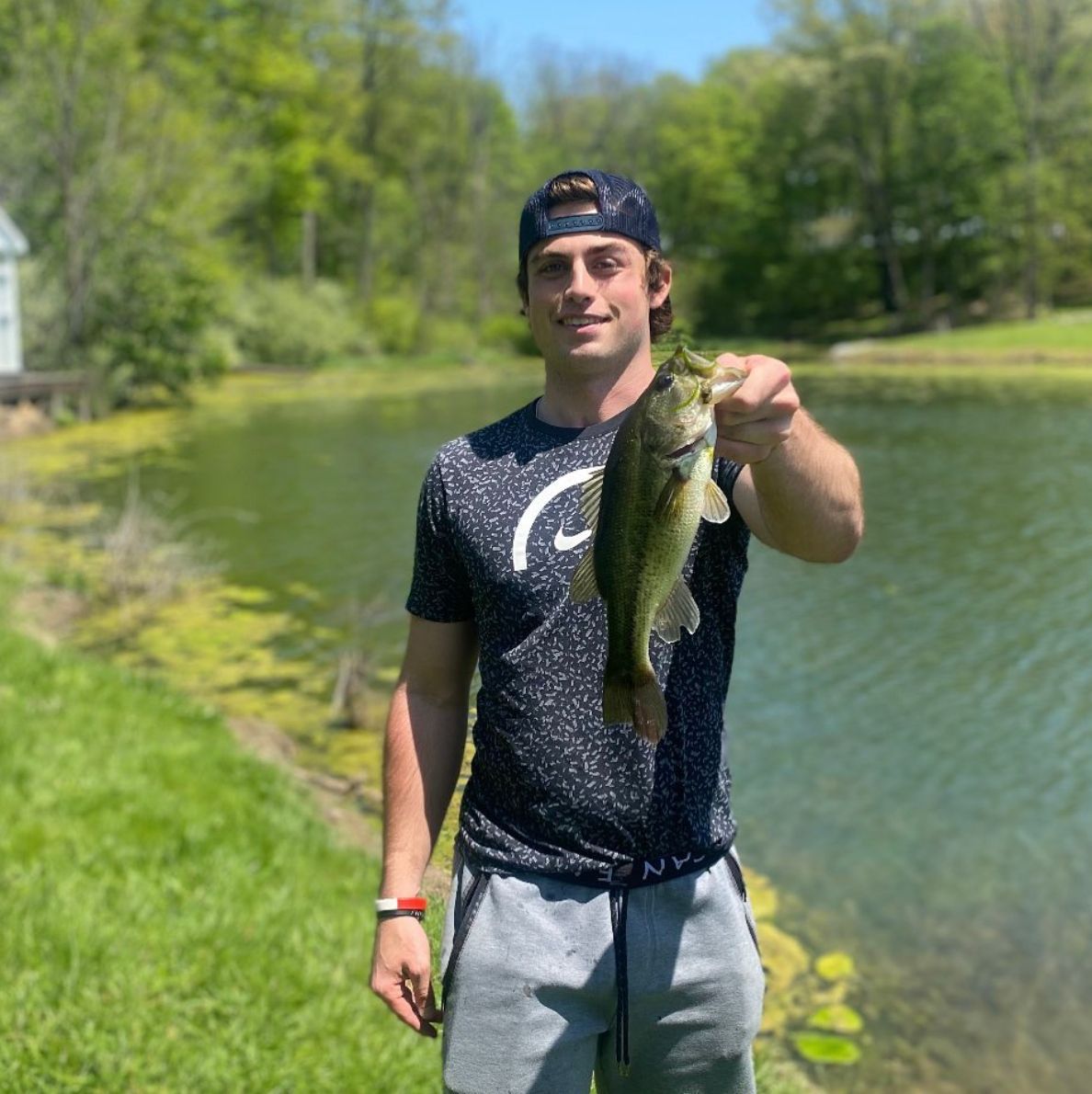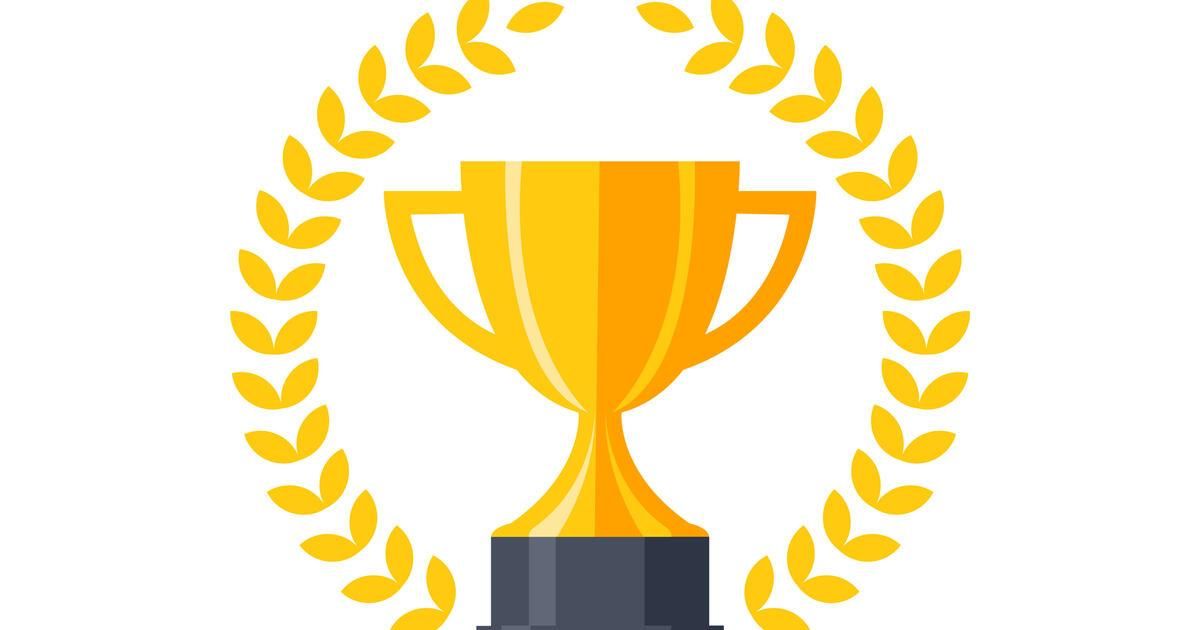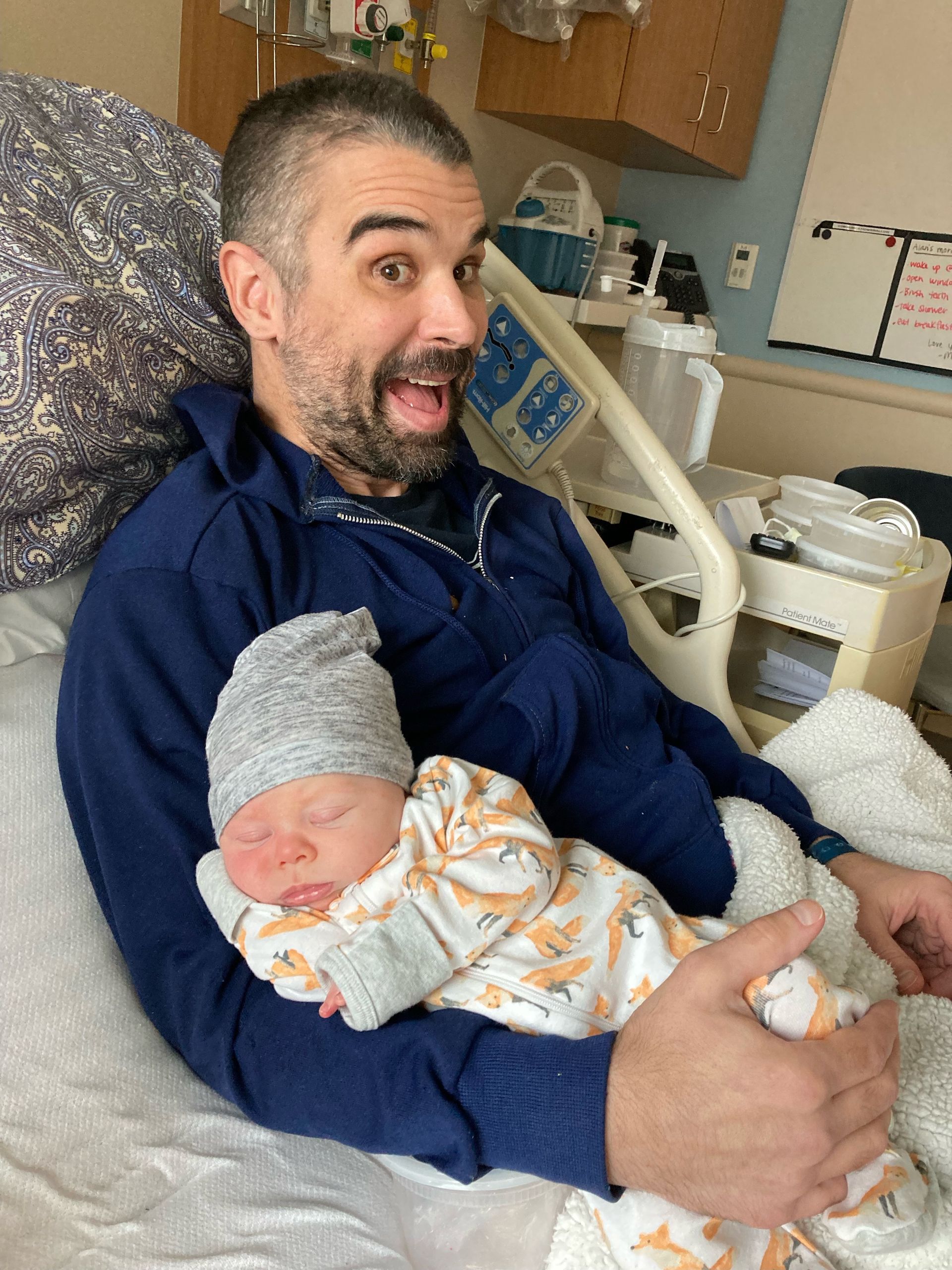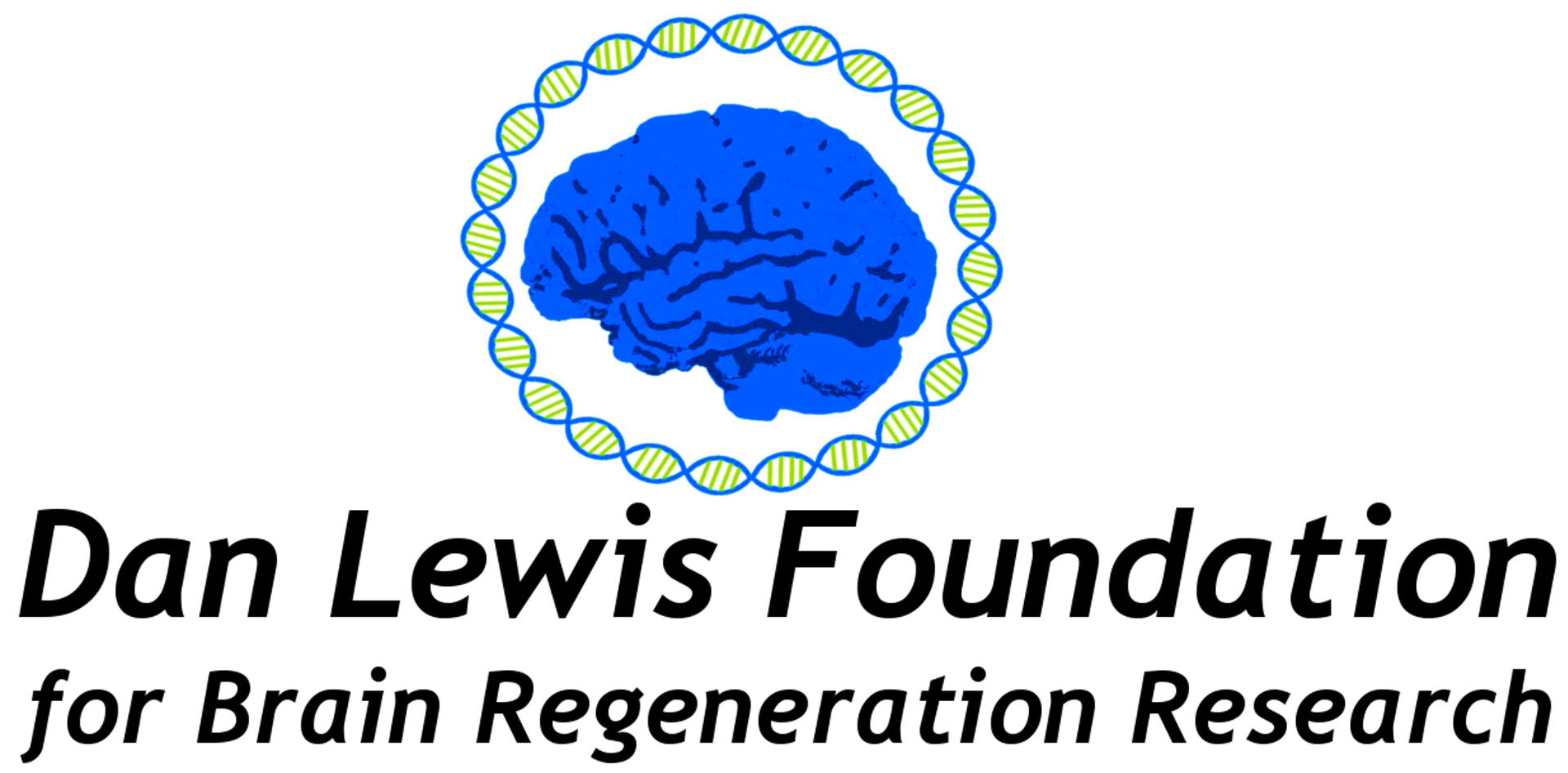After a life-altering accident in October 2022, Devon Guffey’s story is about resilience and determination. His journey has been profiled in the summer 2023 issue of the Making Headway Newsletter: https://www.danlewisfoundation.org/devons-story. Hit by a drunk driver, Devon sustained severe brain and physical injuries, including axonal shearing, a traumatic frontal lobe injury, and facial fractures. Even after contracting meningitis while in a coma, Devon fought hard to survive – and today, his recovery continues to inspire us all.
In late 2023, Devon worked as an assistant basketball coach at Blue River Valley, where he had once been a student. His love for sports and dedication to regaining his physical strength returned him to the gym, where his hard work paid off. Devon’s persistence earned him another job at the YMCA, guiding gym members and supporting facility upkeep.
Through all the challenges—deafness in one ear, blindness in one eye, and a permanent loss of taste and smell—Devon perseveres. He recently regained his driving license, a significant milestone that symbolizes his increasing independence and cognitive and physical recovery. While each day may not show significant changes, Devon now sees his progress over time.
Today, Devon speaks to groups about his journey, the dangers of drunk driving, and finding strength in adversity. His message is clear: recovery is a process, and sometimes, "can't" simply means "can't do it yet."
Every TBI is unique, and Devon’s story powerfully reminds us of the strength that comes from resilience and community. We are grateful to Devon for continuing to share his story and for his role in uplifting others facing difficult paths. His journey is a testament to the fact that we are stronger together.
#BrainInjuryAwareness #DevonsJourney #Resilience #EndDrunkDriving #MakingHeadway
